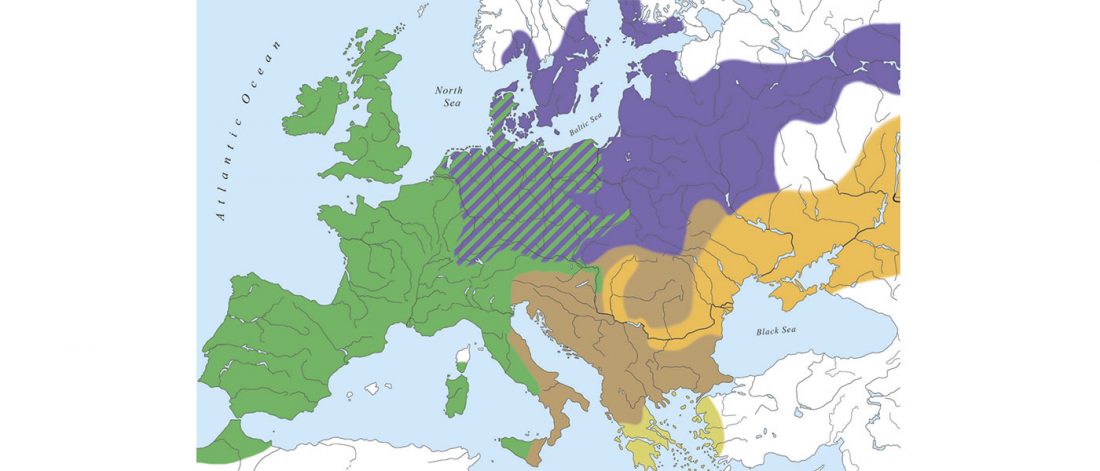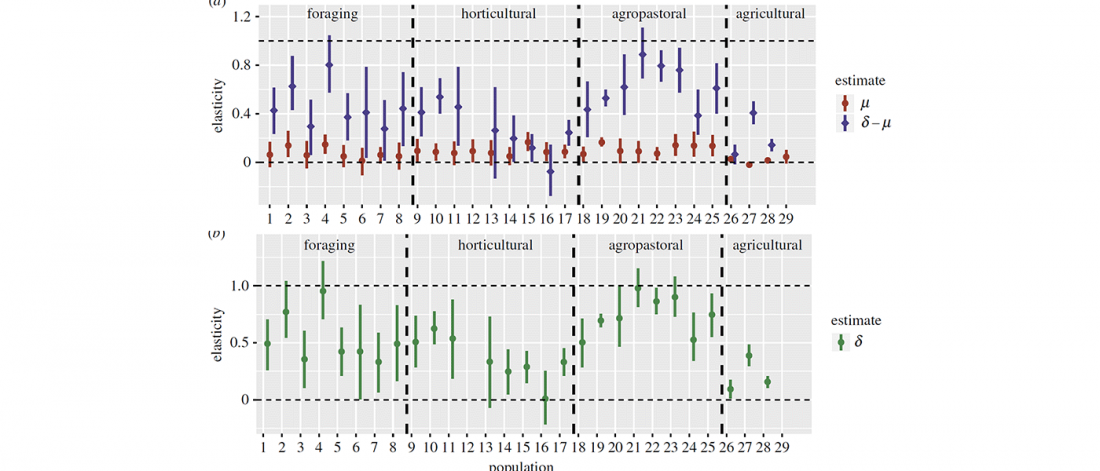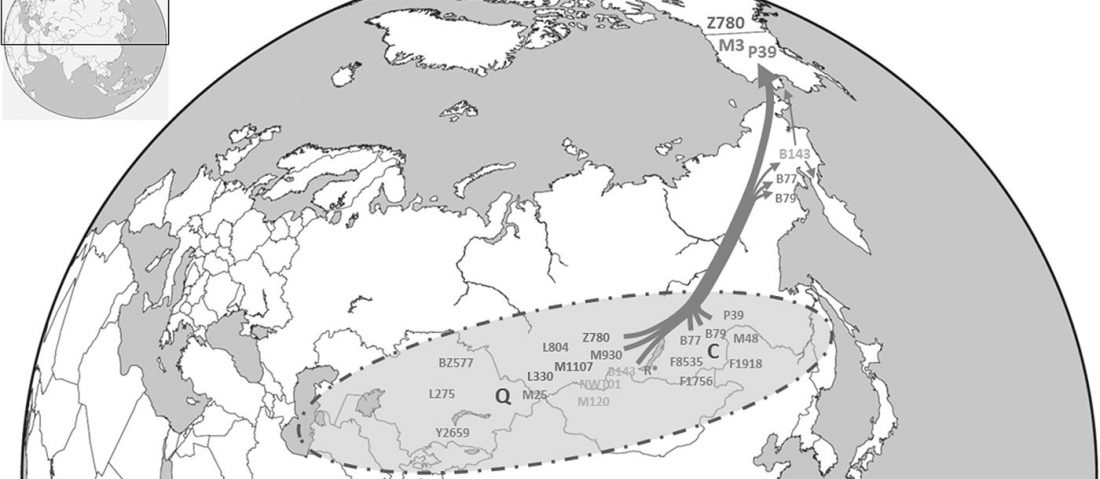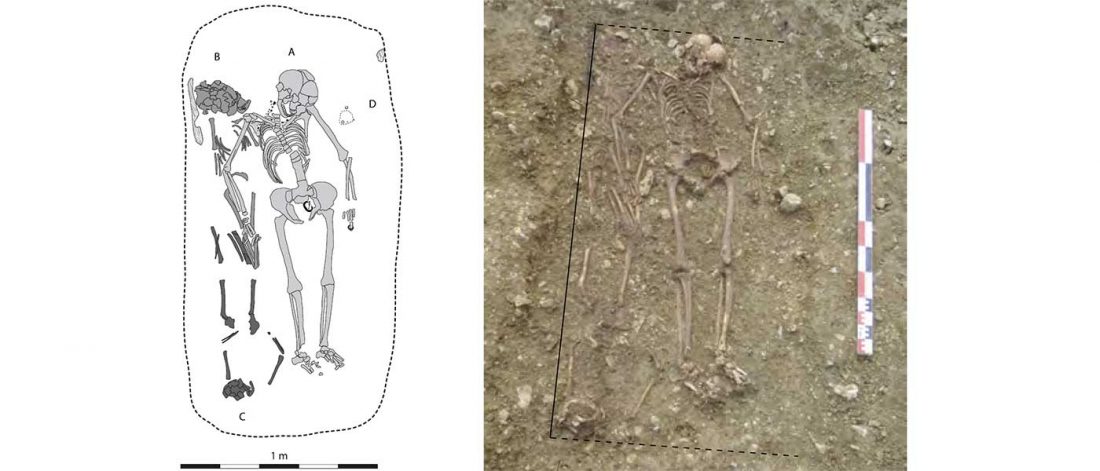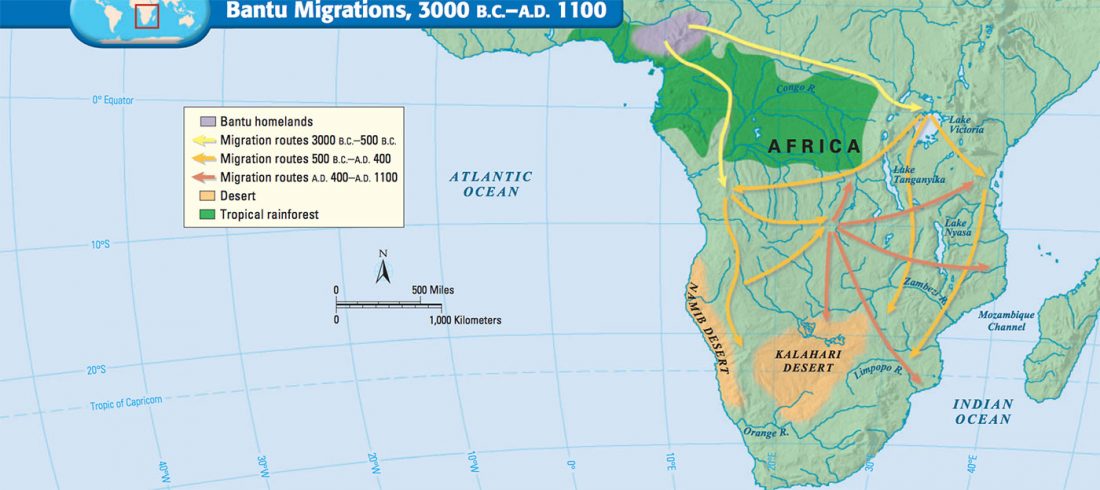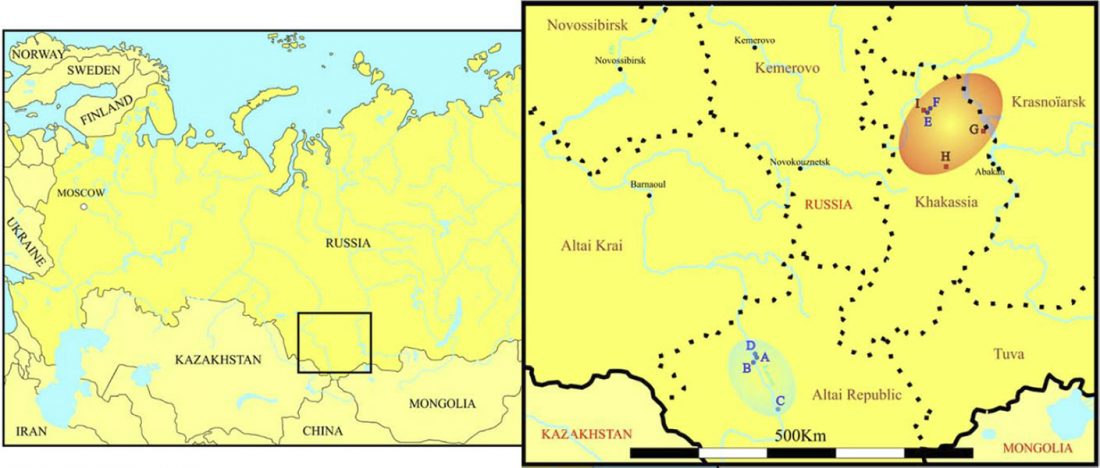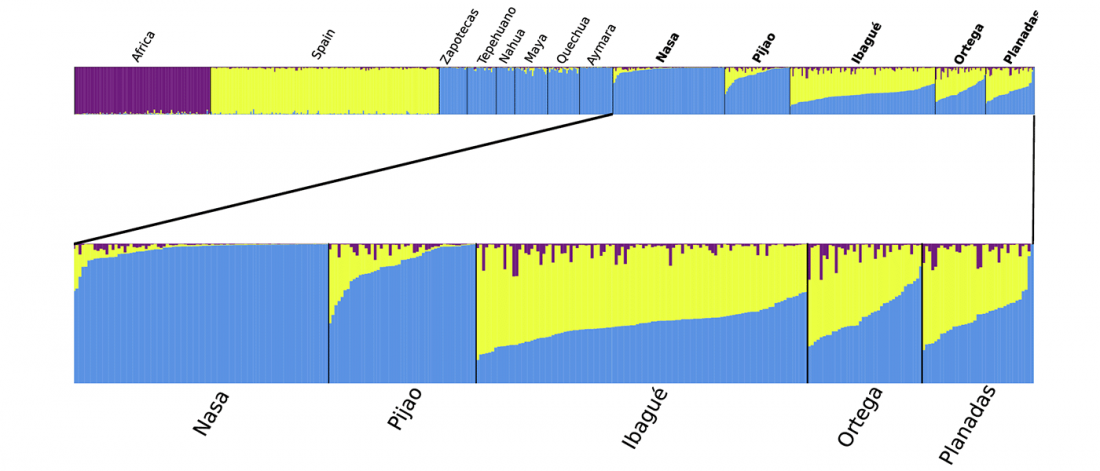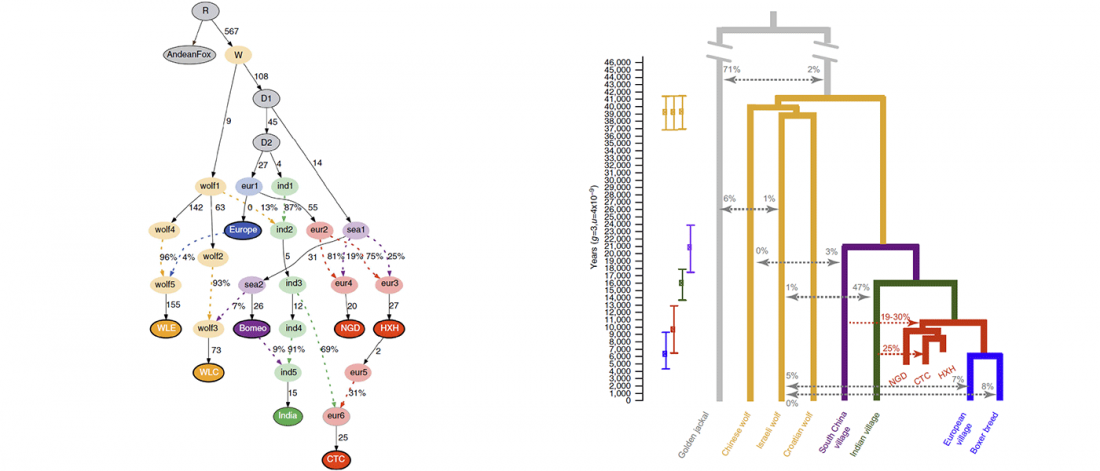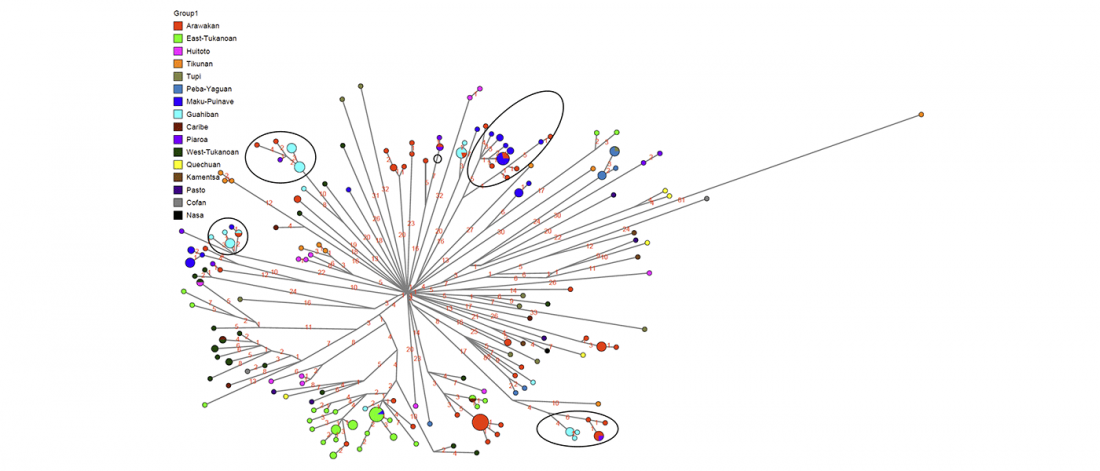As you can imagine from my latest posts (on kurgan origins and on Sredni Stog), I am right now in the middle of a revision of the Corded Ware culture for my Indo-European demic diffusion model, to see if I can add something new to the draft. And, as you can see, even with ancient DNA on the table, the precise origin of the Corded Ware migrants – in spite of the imaginative efforts of the Copenhagen group to control the narrative – are still unknown.
Corded Ware origins
The main objects of study in Corded Ware … Read the rest “Corded Ware culture origins: The Final Frontier”
